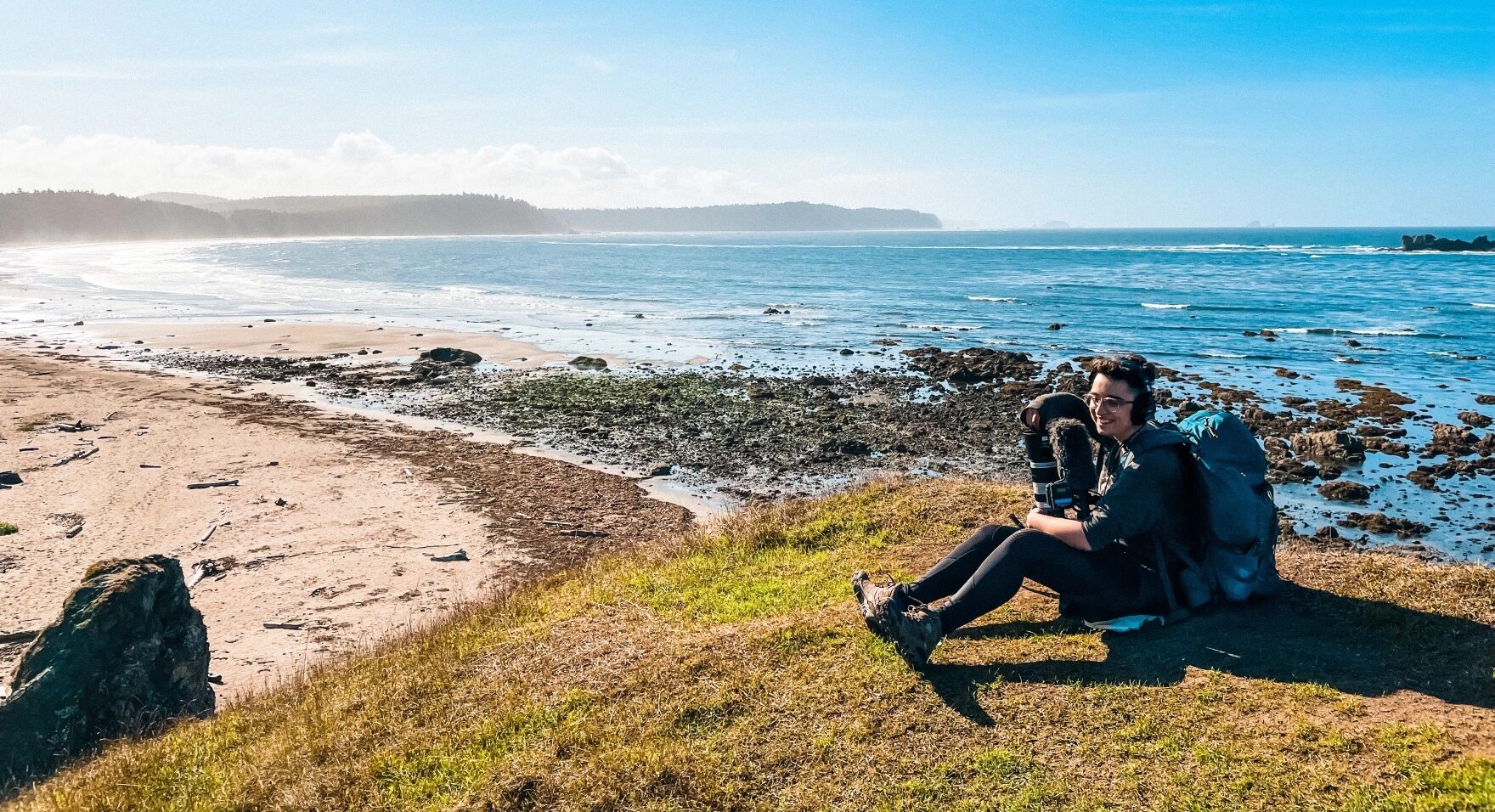As the school year begins, public media supports students and educators with invaluable, free resources to foster learning, creativity, and growth. From captivating early learners to training future media professionals, public media enriches educational experiences and helps shape brighter futures for students nationwide.
Early Learners Thrive with Public Media
Public television has long been a trusted source of high-quality educational content for children. Programs like Molly of Denali, Odd Squad and Daniel Tigers’ Neighborhood build core skills in literacy, math, science, and executive function. Beyond the television screen, stations offer interactive games, hands-on activities, resources, and in-person events for children, caregivers, families, and educators to reinforce critical skills.
Backed by rigorous research, this approach is proven to close the achievement gap, particularly for children ages 2-8 from underserved communities. Studies show that kids who engage with public media’s educational content make measurable progress in key academic areas like literacy and math.
Free Tools for Classroom Success
Public media enriches K-12 classroom instruction by offering free, curriculum- and state standards-aligned digital resources, interactive lessons, and activities through platforms like PBS LearningMedia. These resources – sourced from local public media stations, NASA, the Library of Congress, and the Smithsonian – help teachers create dynamic lessons and provide students with valuable at-home learning tools.
Public Media Stations’ Local Impact
Public media stations partner with schools and community organizations to enhance learning for students. PBS Reno’s Curiosity Classroom program, for example, brought 6,959 Curiosity Classroom workshops to 135,287 pre-K through 4th grade students in northern Nevada and California between October 2023 and June 2024, sparking a love of science and technology.
WQED’s Inquire Within program encourages curiosity and learning through hands-on STEM and literacy activities for early learners and their families at Pittsburgh-area libraries.
Shaping Tomorrow’s Media Professionals

KBIA 2016 alum Beatriz Costa Lima, now Video & Producer at Public Television Station KCTS 9 in Seattle, WA. Photo credit: Sarah Hoffman
Public media stations are preparing the next generation of media professionals in high schools and stations operated by universities. Programs like WHYY’s Media Lab have provided hands-on journalism and media training across 55 Philadelphia-area schools over eight years. University-licensed stations like New Mexico PBS and Arizona Public Media provide real-world experience to student employees and interns, helping them build workforce skills and stronger connections within their communities. KBIA, part of the University of Missouri School of Journalism, operates as a lab where students gain hands-on experience producing stories across multiple media platforms, including print, audio, video, and podcasts, all under the Missouri News Network brand.
Federal Funding Fuels Stations’ Educational Services
Federal funding through the Corporation for Public Broadcasting (CPB) and Ready To Learn programs is essential for public media stations to develop and deliver high-quality educational content and outreach. Without this support, stations would be forced to cut critical services and innovative, research-based resources relied on by millions of students, educators, and families.
For just $1.60 per person annually, public media remains America’s largest classroom – a trusted, free resource that enriches educational experiences, improves academic outcomes, and provides invaluable support to teachers and students.

Follow Us